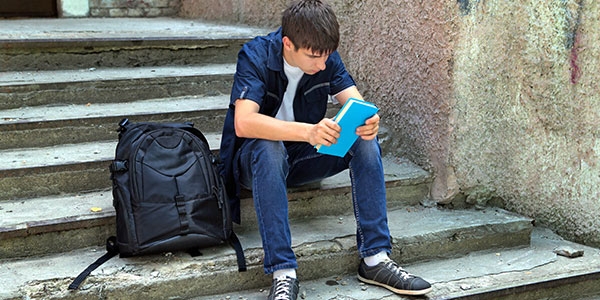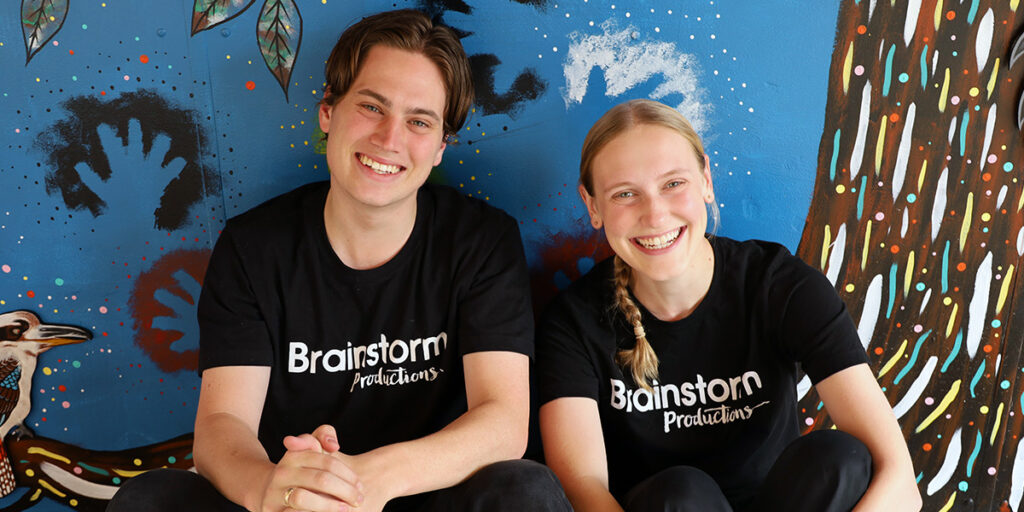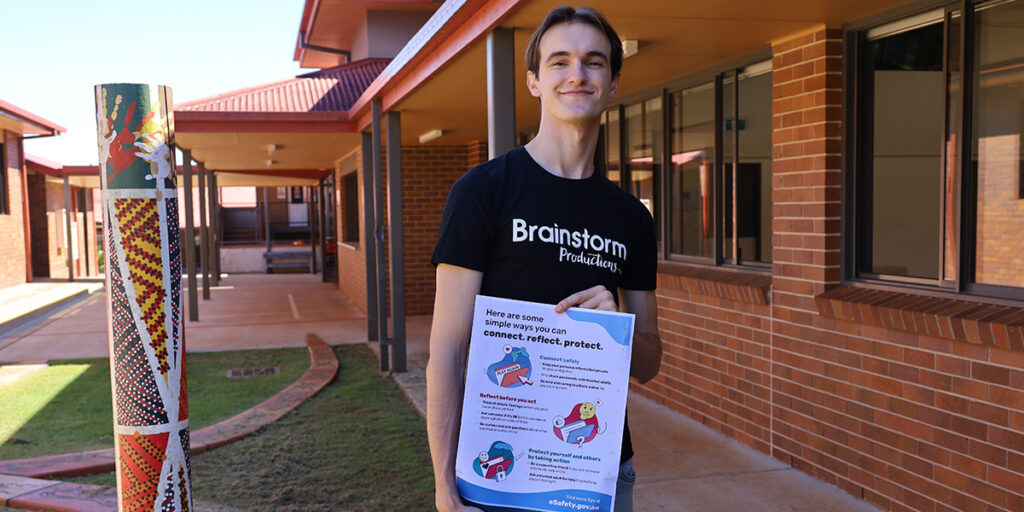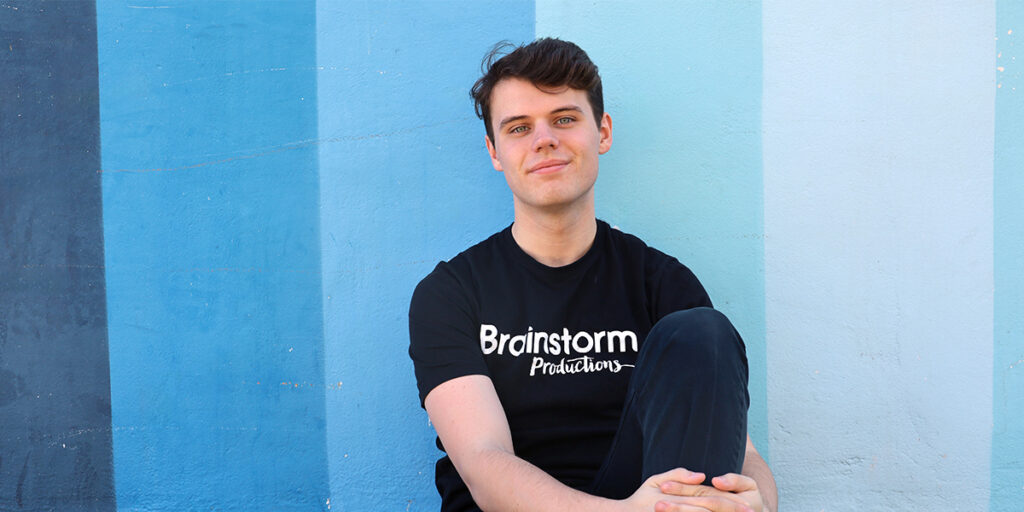One in four teenagers experience mental health issues. Around 550,000 young Australians between 16 and 24 live with anxiety and depression. Suicide is the leading cause of death for Australians aged between 15 and 24.
High school years are fraught with real challenges, like exam stress, psychological and hormonal changes, and social changes. These challenges often precipitate mental illness.
Getting the right support for mental health issues is important. It is also important high school students get the tools and skills they need to face these problems, and cope with challenges more effectively.
Research shows that deficits in problem-solving abilities lead to increases in depression and anxiety. Effective problem-solving skills help in both prevention and treatment of mental health issues.
In Brainstorm’s Wired, one adolescent deals with stress and overload, and the other with depression. The characters get the opportunity to choose their own adventure. One path leads to heightened emotional turmoil, and a feeling of losing control. When the characters take the alternative path, they find ways to address their challenges. The more a young person feels in control of their own life, and own their choices, the greater their resilience.
Building resilience
Knowing you have options and can take control of your life can help you develop resilience and self-worth, so you can face problems more effectively.
Teacher Kris Pereira recently supported a student, who was dealing with a difficult situation.
‘He [the student] was quite depressed and hid under his blankets in the morning. He hid under desks before school. He didn’t seem to fit in socially with his cohort as he didn’t share many interests his mates did. They were into rugby and running around and he wasn’t interested in that all that much.’
Ms Pereira found that supporting the student to take perspective, and identify ways to address his own problem helped him build resilience. Together, they brainstormed his strengths, and focussed on his interests. Encouraging the student to spend time doing what he loved, helped the student increase his confidence and sense of self.
‘This has given him permission to be himself,’ says Ms Pereira. ‘He now performs, accompanies and leads the whole school at services and in choir. He is a school leader and is happy in himself. He has run his own radio show at an old people’s home this year and is tackling life head on with confidence.
‘It’s really important to work with the person’s strengths and build their interest or passion, to give them confidence to be resilient enough to be themselves,’ says Ms Pereira.
Being resilient doesn’t take the problem away; but it can help a person cope with the consequences, and find a solution.
Vanessa Lewis is also a teacher. She works in a Special School setting, and regularly helps students build resilience so they can cope with challenges.
‘I teach kids with disabilities, all with intellectual impairments and predominantly on the Autism Spectrum,’ says Ms Lewis. ‘The young people often don’t have great resilience and there is no perspective between a big problem and a small one. To them, it is always a big problem. For the person to come up with solutions to their problems helps them to understand and better cope.’
Problem-solving strategies
Problem-solving therapy is a formal, empirically proven effective treatment for depression and anxiety. It centres on identifying the problem, coming up with a range of realistic solutions, selecting the best solution, developing an action plan, and assessing how effective the solution has been.
Problem-solving strategies can be used in an informal, everyday context, to help adolescents cope with their challenges.
Educational theatre can help adolescents learn the power of effective problem-solving. In Brainstorm’s Wired, the audience and the characters help each other take a step back from the characters’ problems, consider the options and make a decision, so they feel more in control of their lives.
Identify the problem
Encourage young people to take a moment to assess exactly what is going on. For the characters in Wired, it feels like the world is crashing down, and everything is falling apart. Taking a moment to look at what exactly is going on helps you get clarity. Taking a step back from the indiscernible haze of problems also gives you a chance to see possible solutions.
Identify a range of possible solutions
Depression is characterized by a feeling of hopelessness, and feeling like there is no possible alternative. But there are always options. Once we have taken a moment to reflect on the problem, we need to brainstorm possible solutions.
Edward de Bono’s Six Thinking Hats has been used effectively in different domains since the 1980s. Author, educator and resilience coach, Maggie Dent says that tools like Six Thinking Hats are important for encouraging young people to think widely, and think critically.
The Six Thinking Hats exercise encourages you to try on different coloured hats: the blue hat represents knowing what the problem is. The white hat gets you too look at the facts. The red hat encourages you to reflect on your emotional, intuitive response. The black hat encourages you to use logic, and look at the other side of the argument. The yellow hat gets you to take an optimistic approach to the problem. The green hat encourages creative thinking. With the green hat on, thinking broadly, and without inhibition about the possible options available to you.
Select the best solution
There is no one right solution. But each possible option will have pros and cons. When facing stress or challenges, it is important to survey each option, and think about which will have the best outcome.
For example, if you struggle with taking exams, the best solution may be to develop a study plan, get support with subjects you find most challenging, sleep well before the night of the exam, and come to the exam equipped with a strategy for taking the test.
The solution may not fix the problem, but just knowing there are options will help you feel more in control.
Develop an action plan
An action plan is developed so you know how to approach the solution. It is important to look at your existing tools and resources. In the case of Ms Pereira’s student, his existing resources were both internal and external. He had skills and interests he could pursue. He also had the support from his teacher, his parents, his school and his community.
An action plan also has a timeline, and achievable goals along the way. If an exam date is set, work backwards from there. Passing the exam is the goal. The period before the exam needs to be broken into workable steps, so the overall goal is achievable.
Taking a new perspective
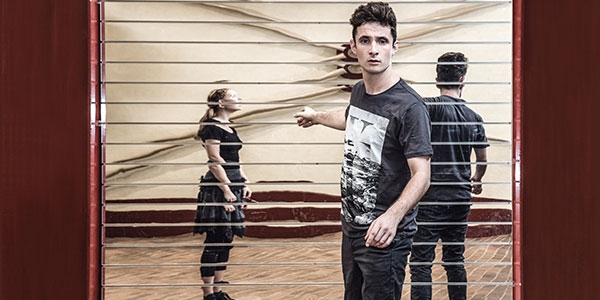
Stepping back from the problem at hand, taking a new perspective and assessing possible options helps make challenges less daunting and overwhelming.
‘I believe teaching our children to be effective thinkers, problem solvers and creative engineers will help them on all levels especially emotionally, cognitively and socially and it will build their resilience at the same time,’ states resilience coach, Ms Dent. ‘I also believe it will improve self-regulation and that has to be a winner for every person.’

